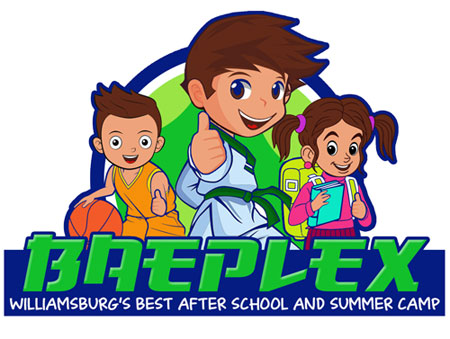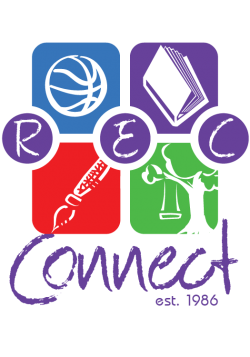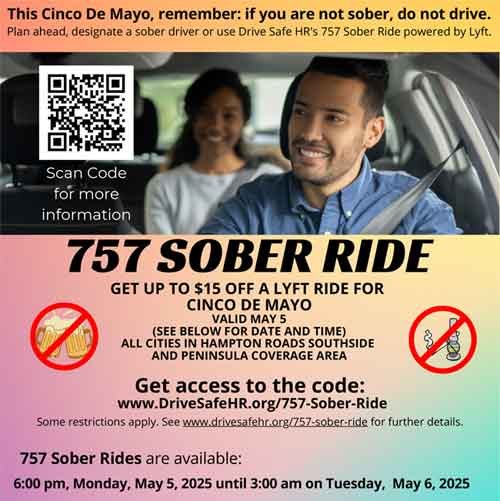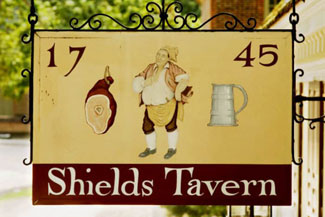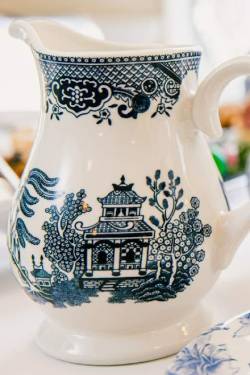Help the Easter Bunny find the good stuff

by Jane Hersey
It won’t be long before children wake up early in anticipation of a basket of goodies waiting for them.
And it won’t be much longer afterward that many parents will wonder why their kids are having so much trouble settling down, listening, and dealing with life in general. But before you say “sugar” take a closer look at the day-glo colors of so many candies – especially the Easter treats. What were once pale yellow Peeps now come in neon pink and jelly beans add more bright color.
As a result of recent hearings held by the Food and Drug Administration (FDA), and the media attention that followed, many parents have learned that those pretty colors don’t come from plants, but from petroleum. In fact, the majority of them originate in petroleum refineries in China. They have been around for more than a hundred years, but until the middle of the 20th century, they were used with restraint, and most children had relatively infrequent exposure. But since that time the use of dyes has increased by 500%! These synthetic colorings are added to foods, but they are not the same as food; they are much more like drugs. Dyes have unwanted side effects, just like drugs. The way a person reacts to a drug will depend on their individual chemistry and on the size of the dose they receive. The same is true for petroleum-based dyes. Back when cereal was beige, orange juice was made from oranges, and toothpaste was white, most children were exposed to large amounts of dyes only occasionally – Easter, Halloween, Christmas, Valentine’s Day and maybe birthday parties. But for the child whose day begins with blue toothpaste, neon candy cereal, orange-less orange juice, purple vitamins and fluorescent pink bubble-gum flavored antibiotic, it’s like every day is Easter.
For decades the FDA steadfastly denied that dyes have any link to behavior or learning problems, despite many studies that show they do; but now they have changed their tune and admit that eating petrochemicals can bring on ADHD symptoms – but only in a small percentage of children with that diagnosis. The British Food Standards Agency, the UK’s counterpart to our FDA, doesn’t agree. In 2007 researchers at the University of Southampton demonstrated that it’s not only the “ADHD kids” who react badly to dyes, but all children are affected. As a result the British government pressured food manufacturers to replace the harmful dyes with natural colorings. The European Union followed suit by requiring food companies the place warning labels on products that contain dyes. No manufacturer wants to have to warn customers about the dangers of their product, so they have ditched most of the petrochemicals and switched to natural colors. So children in Europe enjoy Skittles, Starbursts and M&Ms colored with natural dyes, here in the US, the same multinational companies use the cheaper, undesirable Red 40, Yellow 5, etc.
But there is good news for American children. A growing number of candies are available, colored with natural ingredients, and not likely to bring about the Easter morning meltdown. Of course, an overdose of sugar will make any child bouncy, so it’s best to try to get a good protein-based breakfast into the kids before they delve into the candy.
There are many sources of petrol-free candy. Trader Joe’s here in Williamsburg has a large assortment of natural candies and cookies, as does Whole Foods in Richmond. For natural chocolate Easter bunnies, The Candy Store on Richmond Road in Lightfoot has several options. Look for chocolate that does not say “vanillin” or “artificial flavor.” Instead, choose candy with “vanilla” which is the real thing. They have some other natural products, including Seifer’s Valomilk Candy Cups (with gooey marshmallows inside), one version of Jelly Belly Jelly Beans that are natural, and an assortment of imported candies. Products imported from Europe are likely to be free of dyes, but many have the undesirable artificial flavoring.
Many area supermarkets offer natural foods of all types, including candy. A huge selection of brightly colored treats can ordered from online companies like Caring Candies (www.ReallyHealthyStuff.com) and the Natural Candy Store (www.naturalcandystore.com). Can your kids have the fun of Easter candy without the meltdowns? You bet your cottontail they can!
For more information visit: http://www.feingold.org/
About Jane Hersey
A former teacher and Head Start consultant, Hersey has been the director of the nonprofit Feingold Association since 1985. She is the editor of Pure Facts and author of Why Can’t My Child Behave? and Healthier Food for Busy People.
Hersey has testified before the National Institutes of Health, the U.S. Department of Agriculture, and Congress about ADHD and diet, and she has lectured at educational associations, hospitals, medical groups, universities and schools. She also consults with parents and professionals who are working to improve school food. Recently, she has been active in working with area agencies who assist foster and adoptive parents, showing how a change in food can make a tremendous difference in the lives of troubled children.
Mrs. Hersey’s articles have appeared in numerous magazines, and she has been interviewed by ABC’s Nightline, WUSA TV News, Woman’s World, the Des Moines Register, Cincinnati Enquirer, Cleveland Plain Dealer, Richmond Times-Dispatch, Charleston Post and Courier, and appears frequently on radio programs.
The Herseys lived in Alexandria for many years before moving to Williamsburg in 2004.














